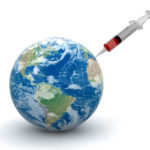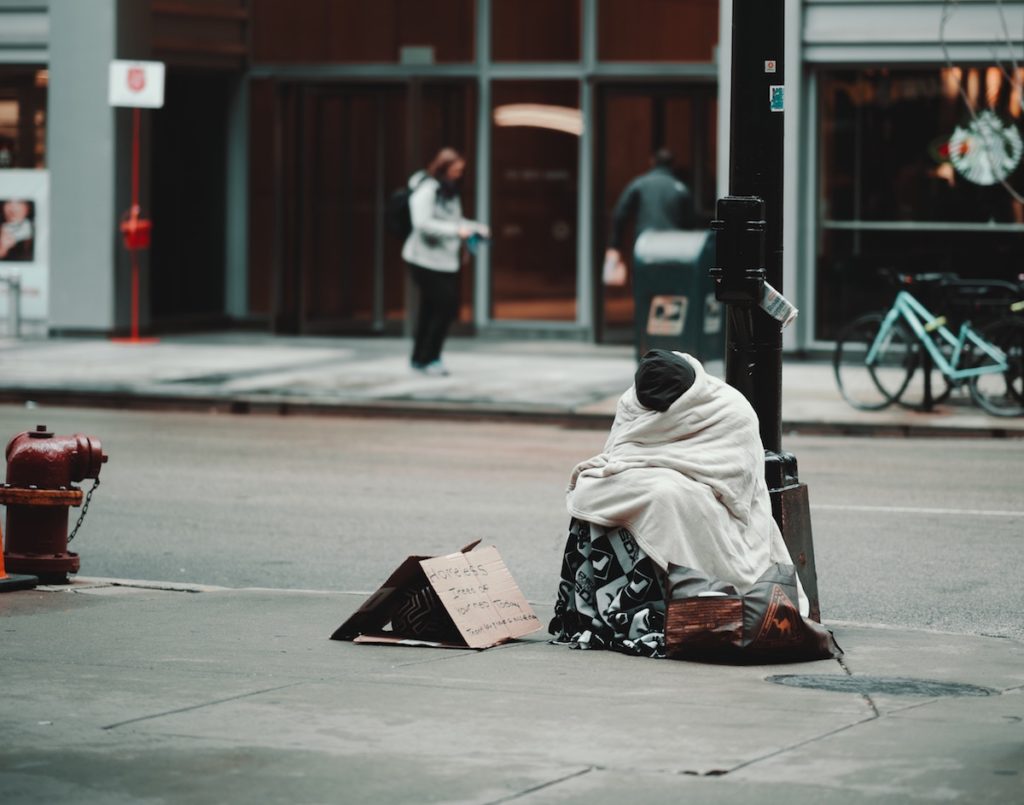
Wherever there are humans there are drugs. But our understanding of the problems some people develop with drugs is dependent on where these people live.
Knowledge to date is skewed by the attention given to populations living in America, Australia and the United Kingdom; we know far less about those living in Iraq, Nigeria, Peru etc. So a group of 37 researchers sought to remedy this by investigating substance use disorders in 26 countries. They explored the proportion of people who had a problem with drugs and whether treatment was available to meet their needs (Degenhardt et al, 2017).
The United Nations is so concerned about the impact of drug use on health that they have included it as one of their Sustainable Development Goals (SDGs). The ambition of this SDG is to tackle the burden of disease attributed to problem drug use by improving prevention and treatment. Realising this ambition will be difficult if governments continue to view drug use problems as a criminal matter rather than a health one.
Although this review does not include United Kingdom drug treatment, a recent analysis by the Government’s scientific advisors on drugs found that the ambition of supporting people recovering from drug problems is not matched by the reality of ever decreasing funding of services.

Realising the UN sustainable development goal will be difficult if governments continue to view drug use problems as a criminal rather than a health matter.
Methods
The 70,880 people included in the survey were drawn from 26 countries. 12 of which were deemed to be low or middle income with the other 14 rated as high income.
The participants were assessed for substance use disorder using a World Health Organization interview pro-forma.
The research assessed the 12-month prevalence of substance use disorders, the proportion of people with these disorders, the proportion of people seeking care who received it, and the proportion of such treatment that met minimal standards for treatment quality. Minimally adequate treatment was defined as having talked in the last year to any one of a wide range of people including a medical professional, spiritual advisor, herbalists etc.
Results
All countries struggled to provide basic access to treatment for people with substance use disorders. High income countries fared best with 1 in 10 able to access treatment, this fell to 1 in 24 for middle income countries and only 1 in a 100 for low income countries. It is lower income countries that have the greatest share of the world’s population, so the greatest number with the greatest need get the least help.
People using drugs from higher income countries (Germany, United States etc) were the most likely to perceive a need for treatment, but it was those from upper middle income countries (Brazil, South Africa etc) that were more likely to meet the criteria of substance use disorder. Fewer people in lower income countries (Iraq, Nigeria etc) had contact with services or self-help groups. Likewise even when people from lower income countries were able to get help, they were most likely to receive minimally adequate treatment.

This research found that internationally the greatest number people affected by problem drug use, who have the greatest need for help, get the least support.
Limitations
An interesting assumption was made by the authors; they presumed that psychosocial treatments were more likely to be offered than medication. There is no source to support this assumption, so this would be an important area to investigate.
Conclusions
If governments are supposed to support and protect their populations, all 26 governments represented in this research have failed. The solution requires no new resources, but does require a change in mind-set. We need to take the billions of dollars spent annually in fighting the ‘war on drugs’, and instead invest this money in drug treatment – easy!

We need to take the billions of dollars spent annually in fighting the ‘war on drugs’, and instead invest this money in drug treatment – easy!
Links
Primary paper
Degenhardt L, Glantz M, Evans‐Lacko S, et al. (2017) Estimating treatment coverage for people with substance use disorders: an analysis of data from the World Mental Health Surveys. World Psychiatry. 2017;16(3):299-307. doi:10.1002/wps.20457.
Photo credits
- Photo by Jack Finnigan on Unsplash
- Photo by KE ATLAS on Unsplash
